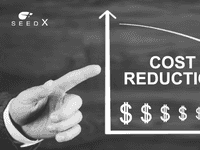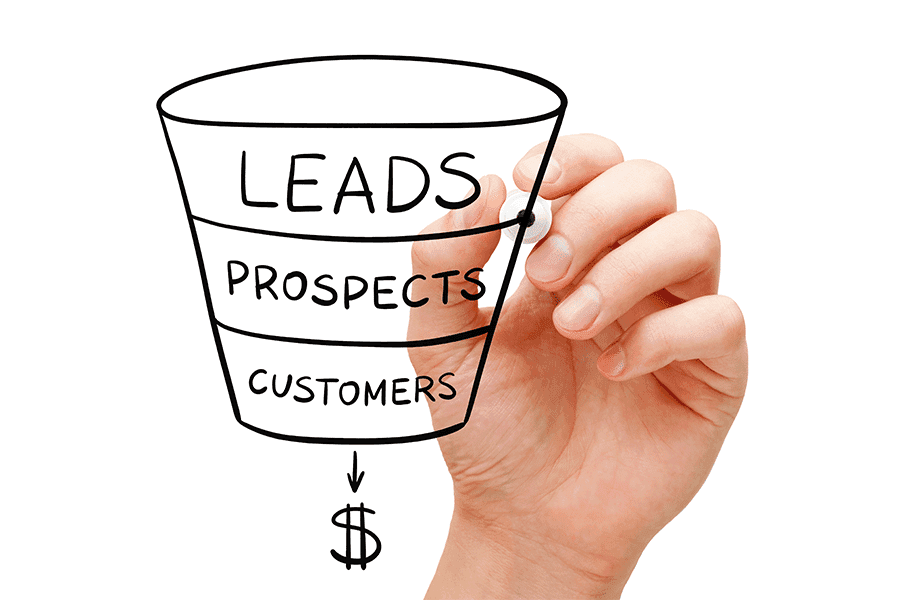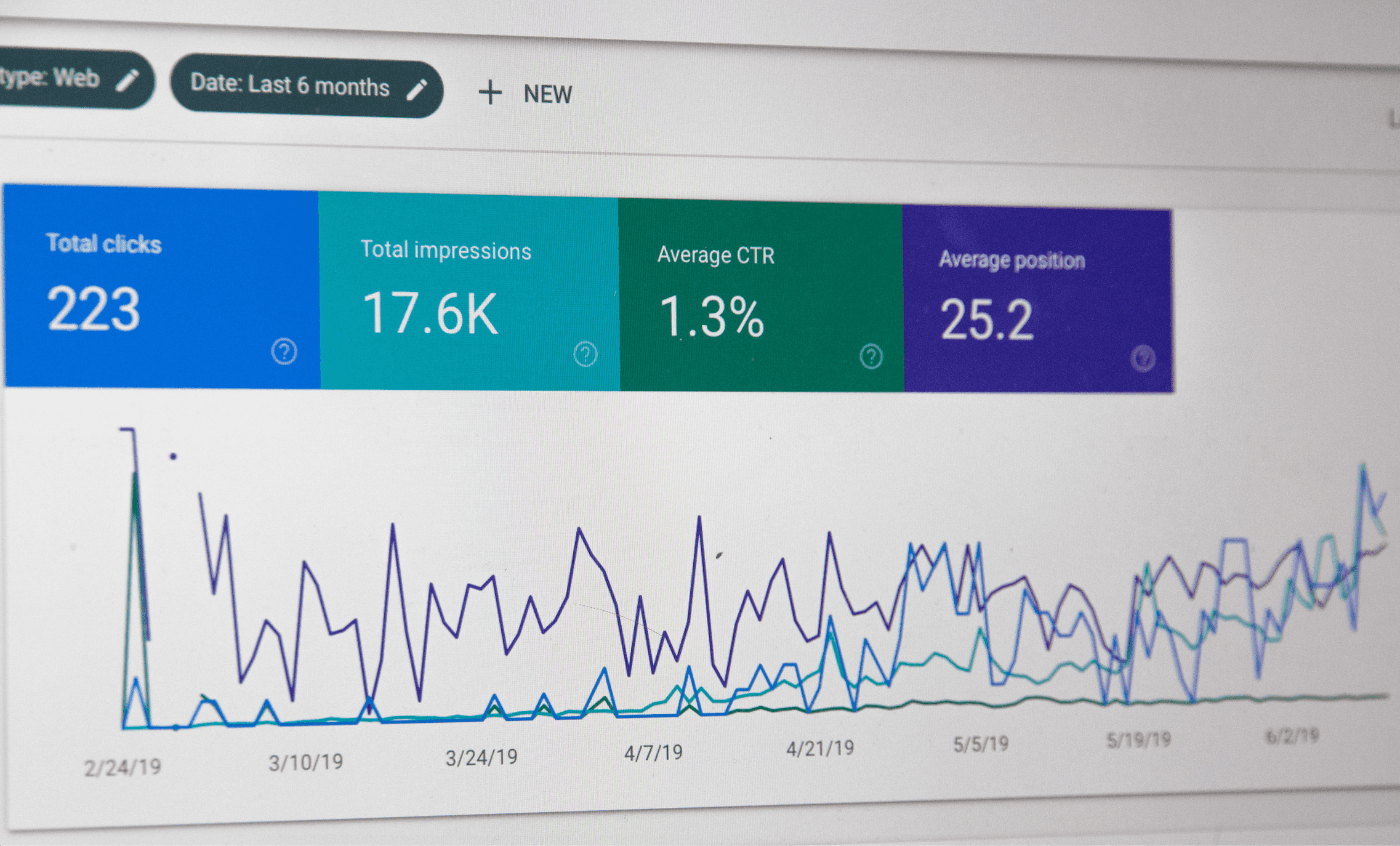How to Calculate and Improve Customer Acquisition Cost (Formula & Examples)

If you’re in the business world, you’ve probably heard the acronym “CAC” being thrown around. But what exactly is CAC, and how do you calculate it?
Customer Acquisition Cost (CAC) is a crucial metric that every business, from startups to established enterprises, needs to understand and manage. In this blog, we’ll dive into the nitty-gritty details of CAC, from calculating it to improving it, with plenty of examples and tactical tips along the way.
What is CAC?

Customer Acquisition Cost (CAC) is the total cost your business incurs to acquire a single new customer. This includes costs like marketing expenses, sales team salaries, advertising costs, and any other expenses directly related to bringing in new customers.
Why is CAC important for businesses? Understanding your CAC helps you make informed decisions about your marketing strategies and budget allocation. It ensures that you’re not spending more to acquire a customer than they’re likely to spend with your business over their entire lifetime.
How to Calculate Customer Acquisition Cost

Finding your CAC is like putting together a puzzle: you need to gather all the relevant information to get a clear picture. Here’s how to calculate CAC:
CAC = (Total Marketing and Sales Expenses) / (Number of New Customers Acquired)
This formula breaks down the total expenses you’ve invested in marketing and sales efforts and divides it by the number of new customers you’ve successfully acquired.
Customer Acquisition Cost Formula
Let’s break down the formula further with an example. Imagine your total marketing and sales expenses for a month amount to $10,000, and you’ve acquired 100 new customers during that time. When you add these values into the formula, you get:
CAC = $10,000 / 100 = $100
This means your CAC for this period is $100 per customer.
After getting your CAC, you need to analyze it against your LTV to understand how it is impacting your business.
How to Calculate LTV to CAC Ratio

Understanding CAC in isolation is valuable, but pairing it with the Lifetime Value (LTV) of a customer takes your insights to a whole new level. The LTV to CAC ratio helps you determine whether your customer acquisition efforts are cost-effective in the long run.
LTV: CAC Ratio = (Customer Lifetime Value) / (Customer Acquisition Cost)
A healthy LTV: CAC ratio generally indicates that the value a customer brings to your business over their lifetime is higher than what you spend to acquire them.
How to Calculate CAC Payback

CAC payback is the period it takes for a business to recover the costs associated with acquiring a customer through the revenue generated from that customer.
CAC Payback = CAC / Monthly Gross Margin from Customer
If your CAC payback is shorter, it’s a positive sign that your investments are being recouped quickly. If your CAC payback is longer, it’s a sign that you’re taking longer to get a return on your investment, and you need to change your strategy.

Customer Acquisition Cost Examples
Let’s continue with our previous example. Say your average customer spends $300 on your products/services. Using the CAC of $100, the LTV: CAC ratio would be:
LTV:CAC Ratio = $300 / $100 = 3
With an LTV: CAC ratio of 3, your business is generating three times the revenue compared to what you spend on acquiring customers. This indicates a healthy balance and potential for growth.
In terms of CAC payback, if your monthly gross margin from a customer is $50, then:
CAC Payback = $100 / $50 = 2 months
This means it takes just 2 months to recover the cost of acquiring a customer.
How to Improve Customer Acquisition Cost

Now that we’ve mastered the art of calculating CAC, let’s talk about how you can make it work in your favor:
• Targeted Marketing: Focus on reaching the audience that’s most likely to convert. This can help reduce the wastage of resources and get a return on your investment faster.
• Referral Programs: Referral programs are a low-cost and effective method of gaining new customers. You can run a great referral program by encouraging your existing customers to refer new customers by offering incentives.
• Optimize Sales Process: Streamline your sales process to increase the conversion rate, ensuring you get more bang for your marketing buck.
• Invest in Customer Retention: It is easier and cheaper to retain a customer than it is to acquire a new one. A happy customer sticks around longer. Providing exceptional post-purchase experiences can extend customer lifetimes and improve your CAC over time.
Conclusion

Understanding, calculating, and improving customer acquisition costs can significantly impact the success of your business. It’s a window into the efficiency of your marketing efforts and the sustainability of your growth. So, embrace the power of CAC, analyze it wisely, and watch your business thrive!
Remember, CAC is not a static number. It evolves with your strategies, so keep tracking it regularly and adjusting your tactics to ensure you’re always getting the best bang for your buck.








